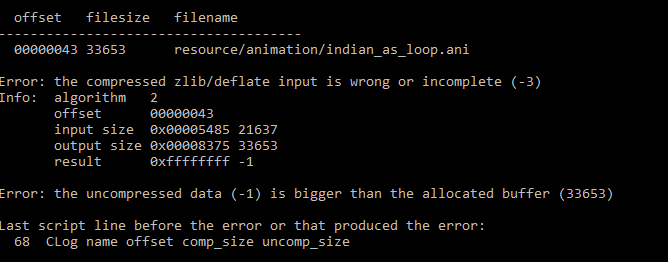

The cover can protect the sellerfrom possible escrow entrapment and also safeguardsagainst potential calls on underlying guarantees. Whether you are a seller or a buyer, ourparticipation in the transaction process could result inimproved financial performance and a more productivebusiness environment.‘Clean Exits’ and EntriesWith the benefit of the Warranty and Indemnity insurancewe can provide, it is possible to make a truly 'clean exit'when selling a company.
Free cleanexit drivers#
An ideal alternative may be found in insurancesolutions, which can offer a more cost effective route in a wide range of transactions.In essence, insurance solutions can help when it comes to closing M&A deals.JLT handles a multitude of risks and our experiencedbrokers understand fully the underlying exposures ofthe M&A market, as well as its drivers and economics.Consequently, insurance cover is a suitable substitute fora warranty and indemnity catalogue backed partly or in full,by an escrow arrangement.We have built a reputation for enabling private equity firms,industrial companies and individuals to make potential dealsbecome reality. However, escrows can be costly and have become lessfavourable in the current economic climate.

Escrow arrangements are often set in place to protectagainst unforeseen financial risk. Besides, a final account will have to be drawn for the trust's liabilities, if any.ĭon’t miss out on ET Prime stories! Get your daily dose of business updates on WhatsApp.FINANCIAL RISKSWarranty and IndemnityInsurance – the‘Clean Exit’ SolutionTaking the Long-Tail Risk out of a TransactionIn a challenging Mergers & Acquisitions (M&A) climate, there has been a steady increasein the number of M&A deals where sellers are unwilling or unable to provide more than verybasic warranties and indemnities. You will have to notify the trust's bankers, who can then close the bank accounts. Once the trust is wound up, all its assets are to be distributed among the beneficiaries, or settled in any other way, as stated in the trust deed. Once the company has been dissolved, its name is struck off the register of companies.Īs the settler of a trust, you can list out the conditions under which it will be terminated. He collects the company's assets, settles the debts, and distributes the surplus, if any, among the members. Once the company has been dissolved, the court appoints a liquidator to take charge of the company. When a company is unable to pay its debts, the dissatisfied creditors can file a winding up petition against it. Under certain circumstances, such as a default in delivering the statutory report or the company failing to commence its business within a year of incorporation, a company is closed down compulsorily. If the company is in a position to pay its debts, it must state that it will do so within three years of closing. In the case of the former, the members pass a resolution in a general meeting, stating the reasons for doing so. It can be done either voluntarily or by a tribunal.

As it is governed by The Companies Act, there is a standard procedure in place for winding up a company.

Similarly, if you are unable to pay your employees or maintain the required health and safety standards, the franchiser reserves the right to end the contract.Īmong the various types of firms, a company's closure is probably the most tedious. However, if you have declared yourself bankrupt, the franchiser himself is likely to terminate your contract. As in any other type of organisation, it is your responsibility to settle the finances.


 0 kommentar(er)
0 kommentar(er)
